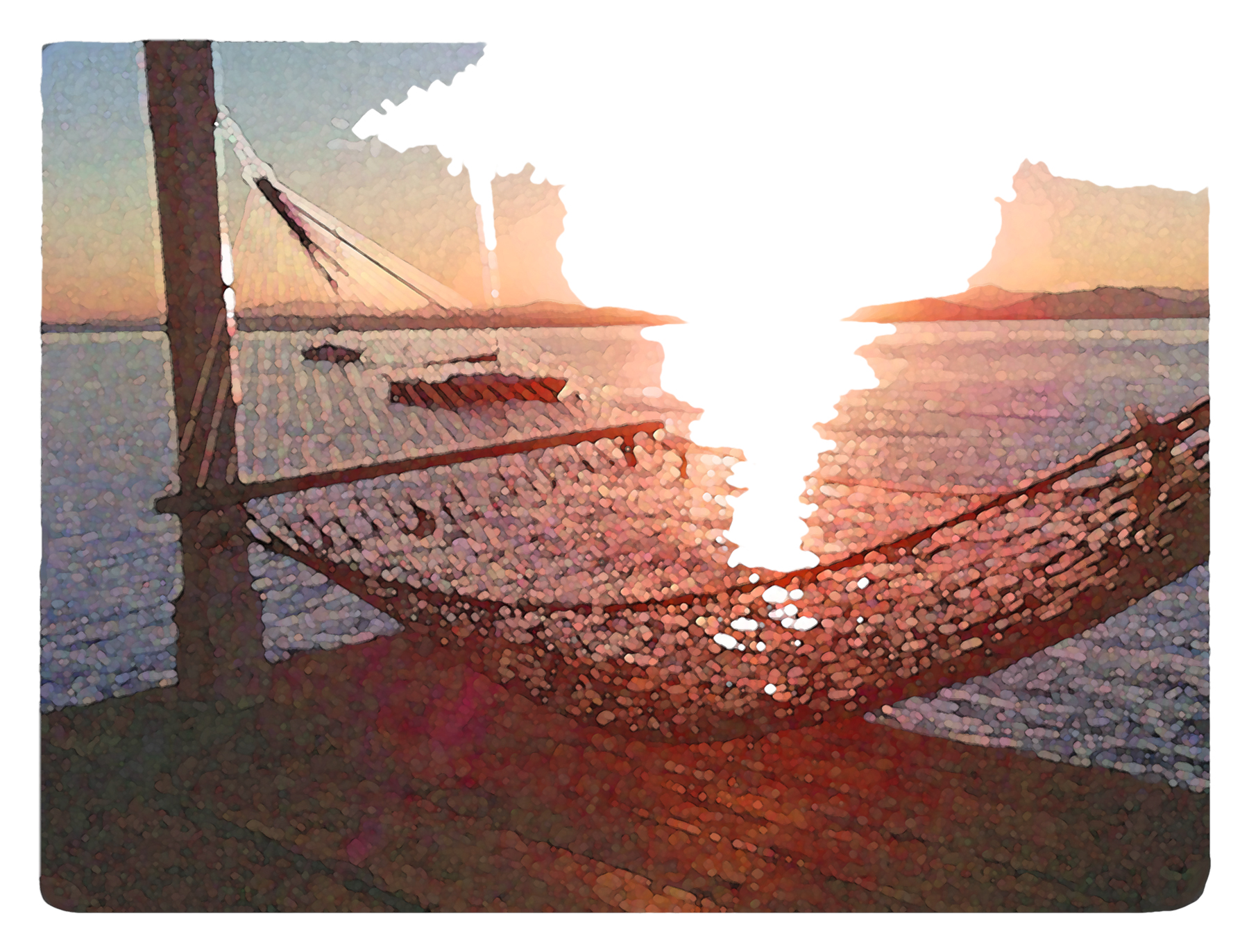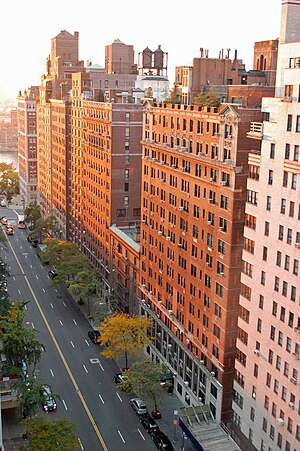
Within minutes we were tripping over each other, drunk with excitement, imagining one whimsical “What if…” scenario after another. No filter, no caution. Our reveries flitted from one idyllic snapshot to another.
“What if I finally sat down and finished my novel?” After dawdling self indulgently for a dozen years – writing, rewriting, discarding, rewriting, shuffling, reinventing – my novel had evolved from failed poetry collection to short story collection to novel to a tangle of interconnecting narratives that loosely paralleled my life since graduating from college. Too much evolution. Too little focus. But what if I made time to sit down and knock it out? Reboot. Start over. Find the story. Write it down. Move on.
“What if you weren’t sitting in front of your computer all day? Every day?” Susan asked, returning to a common theme. “What if you went outside and played with Tasha? Took her swimming or hiking or skiing every day?”
“What if all three of us went swimming or hiking or skiing every day? What if Tasha and I went jogging along Lakeshore Road instead of the East River?”
We could waterski and windsurf for half the year instead of just two or three months, starting in May with drysuits and finishing in the end of October. We could sail the Hobie Cat more instead of letting it collect spider webs on the Rock Harbor beach. I could fly fish the Boquet and Ausable Rivers in the afternoon while Tasha snoozed on the bank. We could join Essex Farm, the local CSA, supporting a local startup while eating healthy, locally grown and raised food. I could grow a vegetable garden, an herb garden, an orchard. Susan could work for an architecture firm in Burlington and volunteer at the animal shelter. We could buy season passes to Whiteface and downhill ski several days a week. We could cross country ski and snowshoe and bike and rollerblade and kayak and canoe and hike, and maybe I would start rock climbing again. And how much more smoothly the Lapine House renovation would be if we were on-site every day answering questions, catching mistakes before it was too late.
“I could interview candidates for Hamilton!” Susan said. She had recently become an alumni trustee for her alma mater, and her already high enthusiasm had skyrocketed. She had become a walking-talking billboard for the college. “You know how much more valuable it would be to interview candidates up here? There are tons of alumni interviewers in Manhattan, but in Westport? In Essex? In Elizabethtown?”
Suspended in lukewarm bathwater, our collective brainstorm leap frogging forward, it all started to make a strange sort of sense, to seem almost logical.































